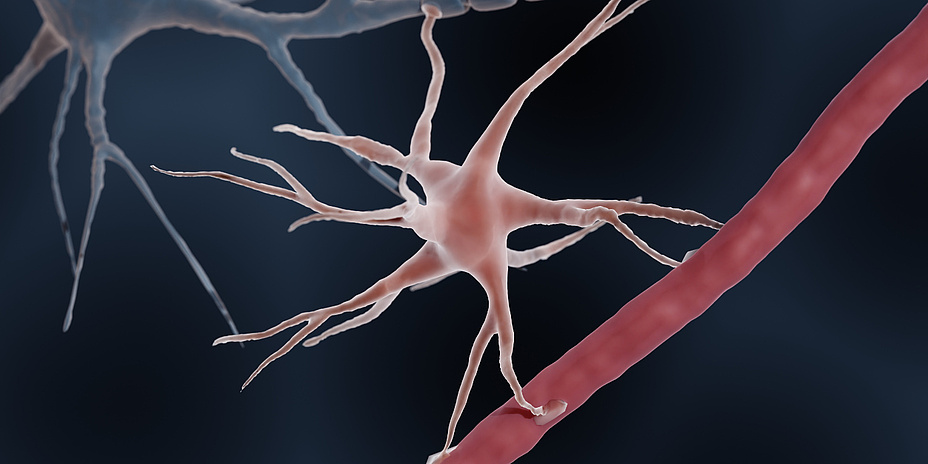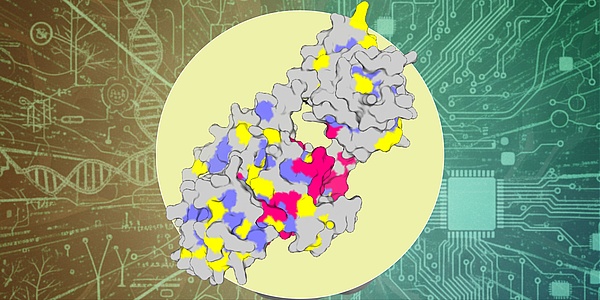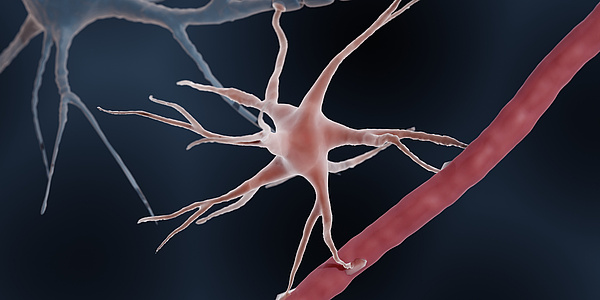Link between Leaky Blood-Brain Barrier and Depression

Women are affected by severe depression twice as often as men. The reasons for this have not yet been fully clarified. One potential factor is sex-specific differences in the blood-brain barrier. This barrier is formed by astrocytes (widely branching cells in the brain) and endothelial cells (flat cells that line the blood vessels). If the barrier is leaky, diseases of the brain can develop. Together with colleagues from the University of Regensburg, Kerstin Lenk from the Institute of Neural Engineering at TU Graz is investigating whether or not and if so, how the functioning of the blood-brain barrier changes in the event of a depressive disorder. Together they are conducting research in the project “Leaky blood-brain barrier in major depressive disorder”, funded by the Austrian Science Fund FWF and the German Research Foundation. A particular focus here is on sex-specific differences.
In experiments on cell cultures, the team in Regensburg is investigating how astrocytes and endothelial cells interact in healthy and diseased brains. To this end, they use biomolecular, biochemical and pharmacogenetic methods to identify cell type-specific mechanisms that contribute to the development of depression. Kerstin Lenk and her team uses this experimental data to create digital twins of astrocytes, endothelial cells and the blood-brain barrier in order to investigate the diffusion of messenger substances between the cells involved in more detail in simulations. The researchers also want to use artificial intelligence to recognise patterns in the experimental data that can be attributed to sex-specific differences.
“With our research, we want to contribute to a better understanding of both the development of depressive disorders and the different courses of the disease in women and men,” says Kerstin Lenk. “This knowledge opens up new possibilities for more targeted therapies.”
Biological gender is increasingly coming into focus
The research work in Graz and Regensburg is part of a larger movement in neuroscientific research that is systematically focusing on biological sex differences. Kerstin Lenk recently co-authored a review article with international colleagues in the journal Nature Reviews Bioengineering entitled “Modelling sex differences of neurological disorders in vitro“, which highlights the many ways in which biological sex can be taken into account in research into neurological diseases. In vitro models such as artificially produced stem cells, 3D organoids or organ-on-a-chip systems offer new options to map these differences and thus improve the transferability of research results into clinical practice. These models are increasingly being supplemented by the use of computer simulations and artificial intelligence.
Publication: Modelling sex differences of neurological disorders in vitro
Authors: Laura Castro-Aldrete, Melanie Einsiedler, Carla Cuní-López, Quentin Vanhaelen, Antonia Silvestri, Maria Teresa Ferretti, Martina Elena de Gennaro, Guido Putignano, Maria Guix, Nicola Marino, Liisa A. M. Galea, Kerstin Lenk, Samantha Paoletti, Alex Zhavoronkov and Antonella Santuccione Chadha
In: Nature Reviews Bioengineering
DOI: doi.org/10.1038/s44222-025-00355-w
Kontakt
Kerstin LENK
Ass.Prof. Priv.-Doz. Dipl.-Inform. (FH) Dr.rer.nat.
TU Graz | Institute of Neural Engineering
Tel.: +43 316 873 30712
kerstin.lenk@tugraz.at





